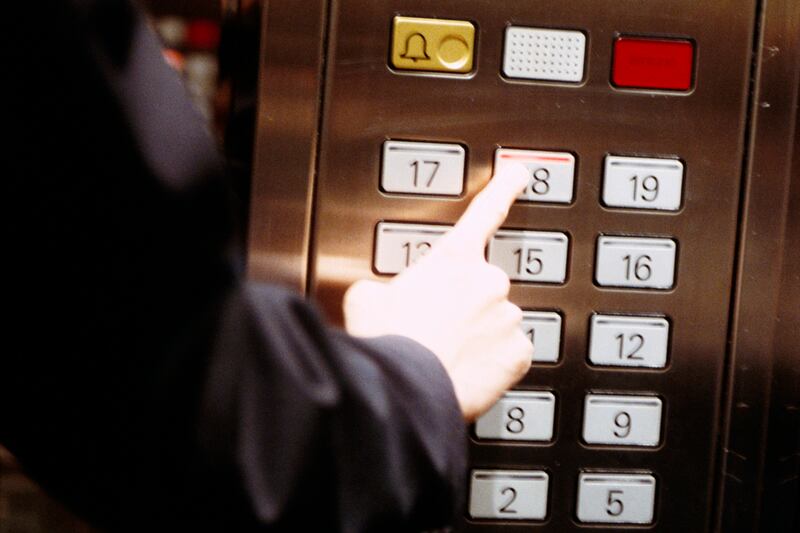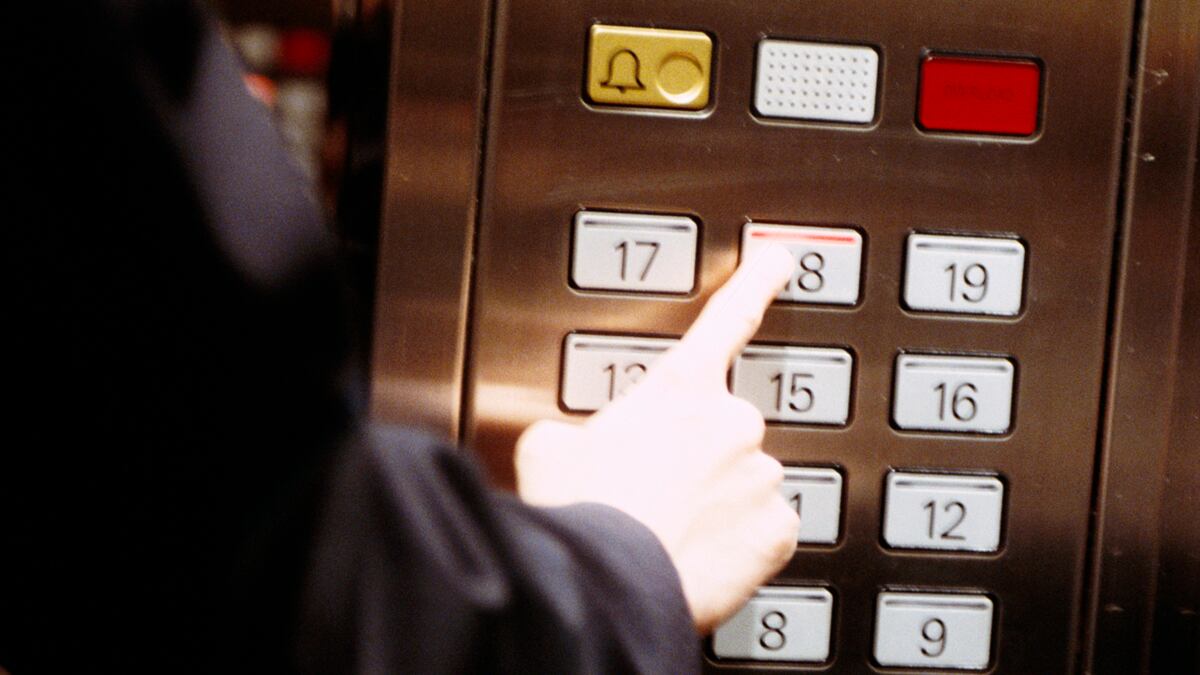When I think of elevators, the associations that come to mind are almost all positive—modernity, progress, success. Elevators elevate you; they take you up in life. They’re helpful, obedient, even democratic: I have ridden in elevators with luminaries like Nicole Kidman, novelist Jonathan Franzen, and New Yorker editor David Remnick. Elevators seem like such necessary—and innocent—allies for anyone trying to make it in the Big City, making Suzanne Hart’s death on Wednesday all the more tragic because an elevator was its agent.
Like some kind of alien life force or beast gone mad, a malfunctioning elevator shot upward before its doors closed just as Hart was boarding, and she was killed—dragged, trapped between the shaft and the car. A 41-year-old advertising executive who worked at Young and Rubicam, Hart was living with her boyfriend in Brooklyn, taking a landscaping course at the New York Botanical Gardens—she could’ve been my friend, or yours. She was going about her work-a-day routine when she stepped into an elevator at the ad giant’s main office—285 Madison Avenue—and the contraption took her life. (The elevator was last inspected on June 16, 2001, but employees from Transell Elevator had done electrical work on it hours before the terrible accident; the city’s Department of Buildings has announced it will investigate the company.)
The two other people who were in the elevator at the time were hospitalized for trauma—and I can only imagine what they saw, although I’ve been trying not to imagine it.
Tragically, it’s the second recent elevator death. An employee of California State University at Long Beach died last week trying to climb out of an elevator that had stalled between the second and third floors. She was in the shaft when the car moved, killing her.
Elevator accidents kill only about 27 people a year in the U.S., ConsumerWatch.com reports, although these accidents injure about 10,200 people annually. My own grandmother was one of them: she was once clamped by the decrepit elevator in her Bronx apartment building—the door closed on her hand, crushing a few bones—but she survived. In fact, the Los Angeles Times crunched some numbers and found that elevators make about 18 billion trips a year, which means the fatality rate is about 0.00000015 percent.

Most modern elevators are extremely safe, made with redundant safety features—including automatic braking systems near the top and bottom of the shaft and heavy-duty shock absorbers that will cushion a fall if all else fails. “Many safety mechanisms are in place to ensure this kind of accident”—Hart’s—“doesn’t happen,” says Tom Sybert, host of The Elevator Radio Show, a weekly podcast about elevator news. “Compared to other forms of transportation, like cars, trains, and airplanes, elevators are one of the safest.”
I myself have been trapped inside two different elevators. The first time, I was straight out of college, doing a paid internship at the offices of The Washington Post’s website in Rosslyn, Va. I’d run out for lunch when the elevator decided to stop in between floors. I hadn’t paid much attention to the enclosure I was in before that moment, although it was modern and rather unremarkable, like the building itself. Nor had I given much heed to the single other occupant of the car, a thin, bearded man.
Panic set in slowly; it took a minute or two before it became clear the elevator hadn’t just paused but had truly stopped. After jabbing anxiously at all the buttons, I pressed the emergency switch; the bored-sounding attendant on the other end told me she’d find the building manager.
My elevator mate, meanwhile, had taken a seat in the corner so he could begin reading a book he’d pulled out of his messenger bag.
“Why are you so calm?” I asked.
He muttered a bunch of complicated technical facts that I registered only in summary, rather than details: modern elevators were incredibly safe, we would not plummet to our deaths, and there was not much to do except wait until a mechanical engineer or some other knowledgeable person arrived to get us moving again. Perhaps, if I had to be stuck in an elevator, he wasn’t the worst of all people to be stuck with.
We began talking, which is when I noticed the thick, weighty tome he carried. It was an encyclopedia of American serial killers, I kid you not. Two slow-moving hours later, we were free.
The second time I was trapped, I was working out of the Post’s historic building in downtown D.C, where it seemed that nothing had been remodeled since long before Watergate. There, I’d go up and down in cars with Post staffers who’d made the history books—Woodward and Bernstein’s editor Ben Bradlee sticks out most in my mind. On the day I got stuck, I was with my best friend at the paper.
We’d been on our way out for coffee, and we were stuck for about an hour. This time, I didn’t let panic set in. But I do remember thinking that the universe was telling me something, personally. I was always getting stuck in small spaces. It was time for me to move to a place where elevators took you as high as you wanted to go—New York City. For Suzanne Hart, tragically, the city let her down.






